15 Ways to Help Pollinators and Birds in October
October is a critical time for pollinators and birds, as they prepare for the colder months ahead. With some simple actions, you can create a welcoming environment that supports these essential creatures. By planting native wildflowers, offering shelter, and providing food, you can help sustain local bird populations and pollinators like bees and butterflies. Reducing pesticide use and creating safe spaces, such as birdhouses and bee hotels, will encourage wildlife to thrive in your garden. Even small changes, like providing fresh water or leaving leaves for shelter, can make a big difference.
This post may contain affiliate links, which helps keep this content free. Please read our disclosure for more info.
Plant Native Wildflowers
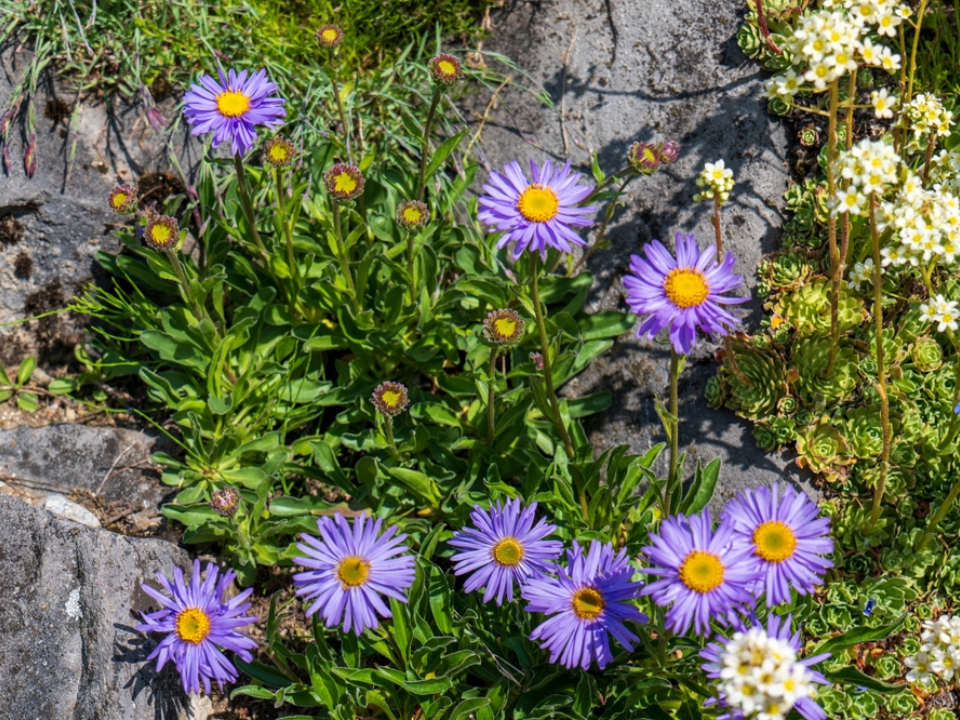
Planting native wildflowers in your garden provides a vital food source for pollinators like bees and butterflies. These plants are well-suited for the local environment and offer nectar and pollen that attract a variety of pollinators. Choose varieties that bloom in October to ensure food availability during the fall.
In addition to supporting pollinators, native plants also help local birds by providing seeds and shelter. The diverse range of flowers will attract different species, enriching your garden with both pollinators and birdlife. Consider planting goldenrod, asters, and coneflowers for a mix of colors and pollinator-friendly benefits.
Create Birdhouses and Shelters
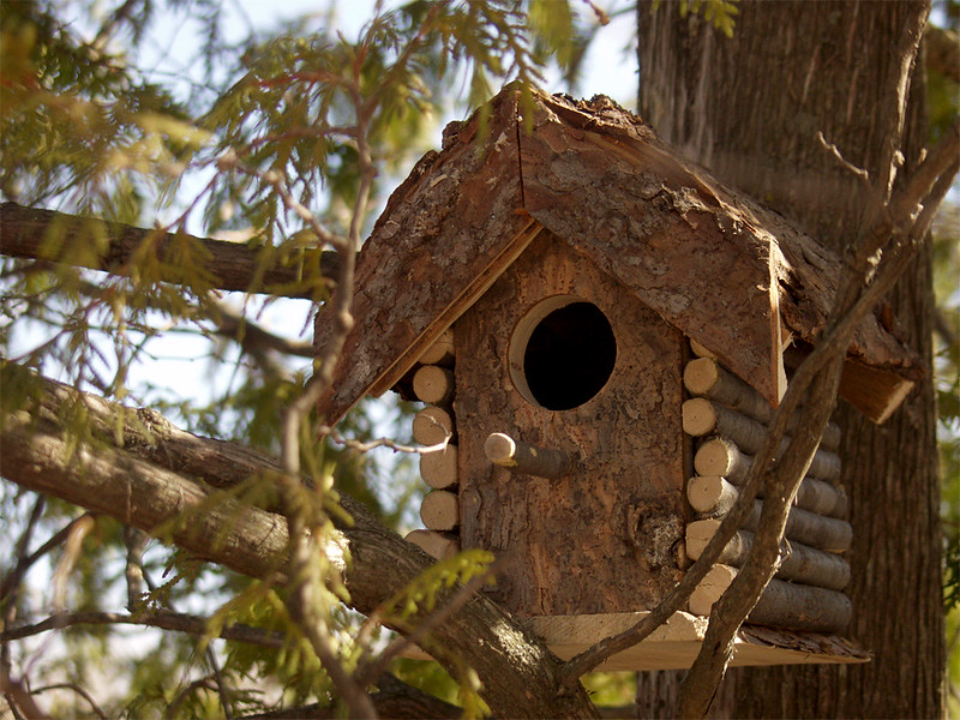
Birdhouses provide safe, cozy spots for birds to rest and nest during colder months. As temperatures drop in October, birds seek places to shelter from the wind and rain. Constructing or installing birdhouses in your yard can offer these much-needed havens.
Make sure to place birdhouses in quiet, secure areas away from predators. Consider using materials that provide insulation, helping birds stay warm through the chilly nights. Adding a variety of shelters, such as shrubs or trees, will further encourage birds to visit your garden.
Provide Fresh Water Sources
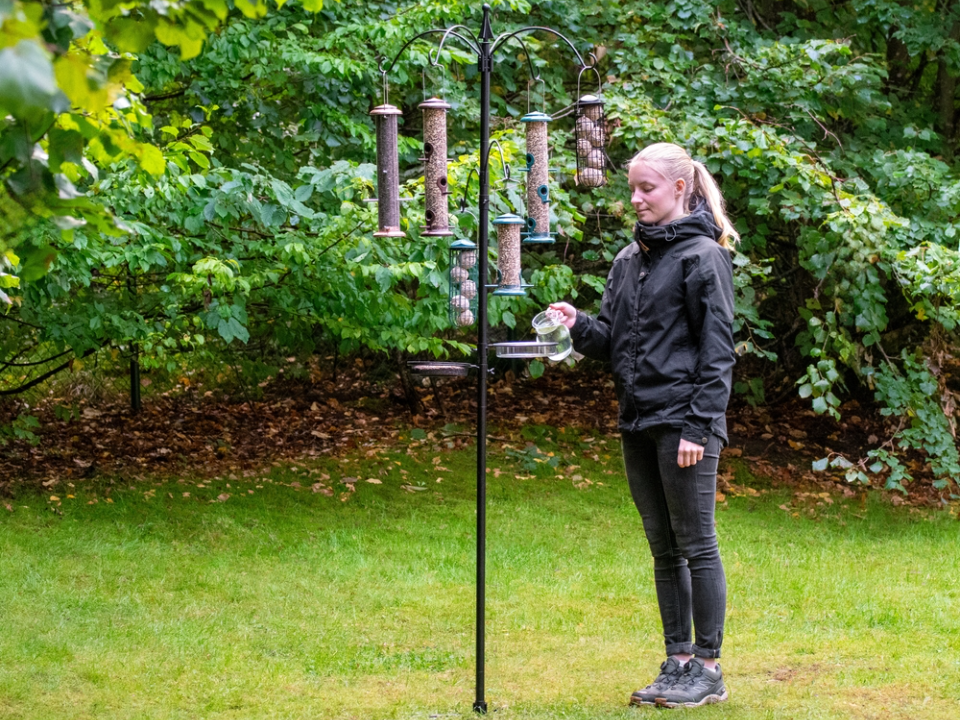
Fresh water is essential for pollinators and birds, especially as natural water sources start to freeze. A birdbath or shallow dish with clean water can offer a vital drinking spot. Ensure that you clean and refill the water regularly to keep it safe for animals.
Birds and pollinators need hydration year-round, but October can be particularly dry. Make sure the water is shallow enough for small birds to bathe safely, and consider placing stones or pebbles in the water to give them a stable perch.
Install a Bee Hotel
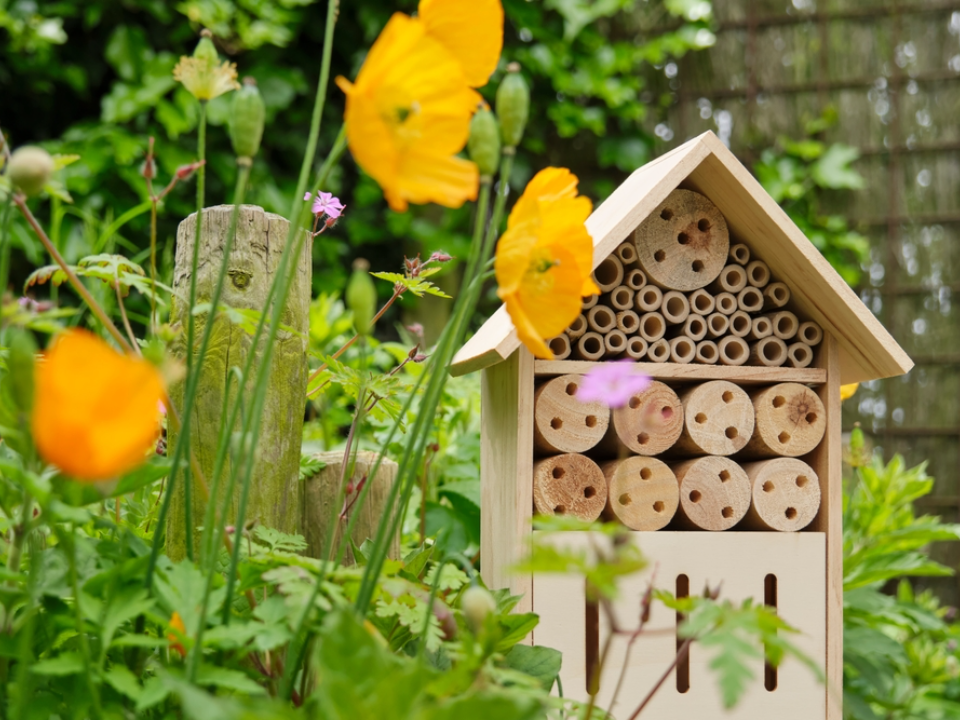
A bee hotel provides a place for solitary bees to rest and nest during the colder months. These hotels mimic the natural spaces where bees typically build their nests, such as hollow stems or tree cavities. Installing a bee hotel in your garden can greatly support local pollinators.
Position the hotel in a sunny, sheltered spot, and ensure it is mounted securely. You can make your own or purchase a pre-made hotel. Either way, this simple addition to your yard can encourage bees to visit and help maintain their population.
Reduce Pesticide Use
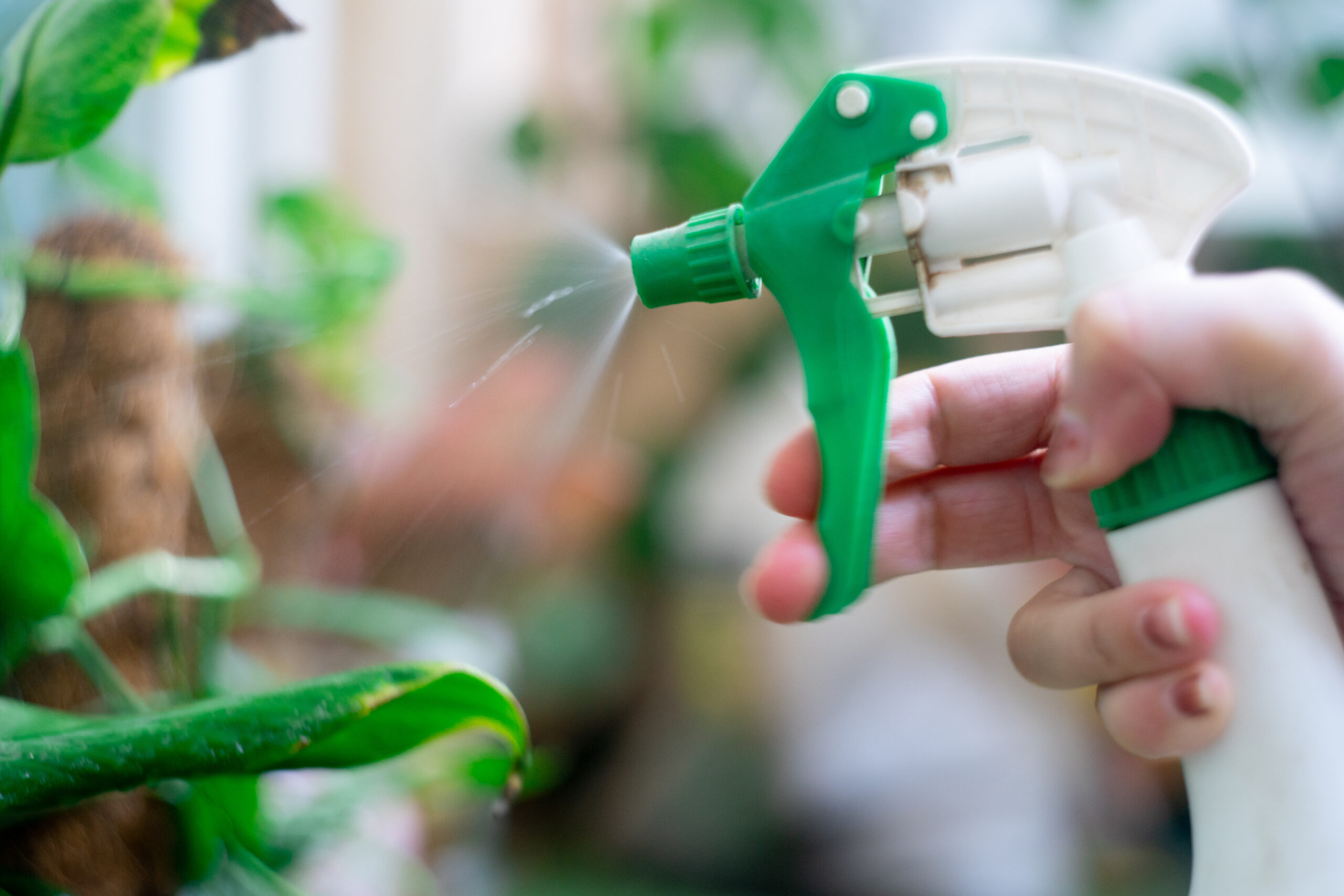
Pesticides can harm pollinators and birds, especially when applied during their active seasons. By reducing or eliminating the use of harmful chemicals, you can create a safer environment for these creatures. Opt for organic or natural pest control methods like neem oil or diatomaceous earth.
In addition to protecting pollinators, avoiding pesticides will also benefit your local bird species. Birds often consume insects, and by reducing pesticide use, you are preventing the poisoning of their food sources. This simple change can have a lasting positive impact on wildlife in your area.
Plant Trees for Shelter and Food
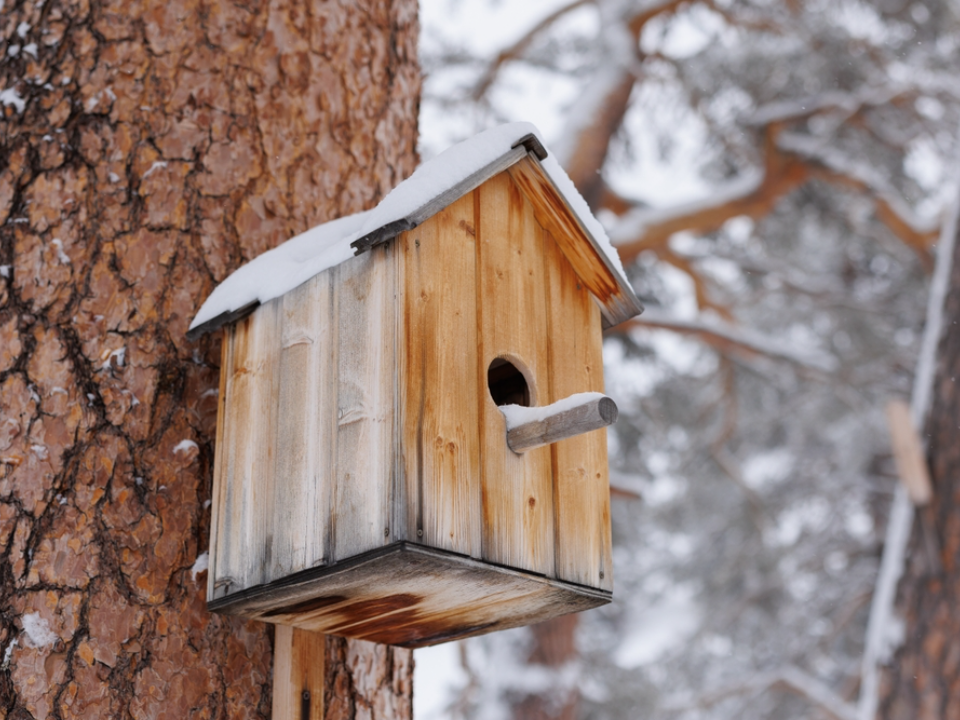
Planting trees in your garden provides both shelter and food for birds, especially during the cooler months. Trees like oaks, pines, and maples offer shelter from wind and rain, while their fruits and nuts serve as food sources for birds. These trees also support insects, which in turn feed pollinators.
Consider planting a mix of evergreen and deciduous trees to provide year-round support. The leaves and branches offer safe resting places, while the fruits and seeds will attract various bird species, making your yard a welcoming habitat for both pollinators and birds.
Provide Suet for Winter Birds
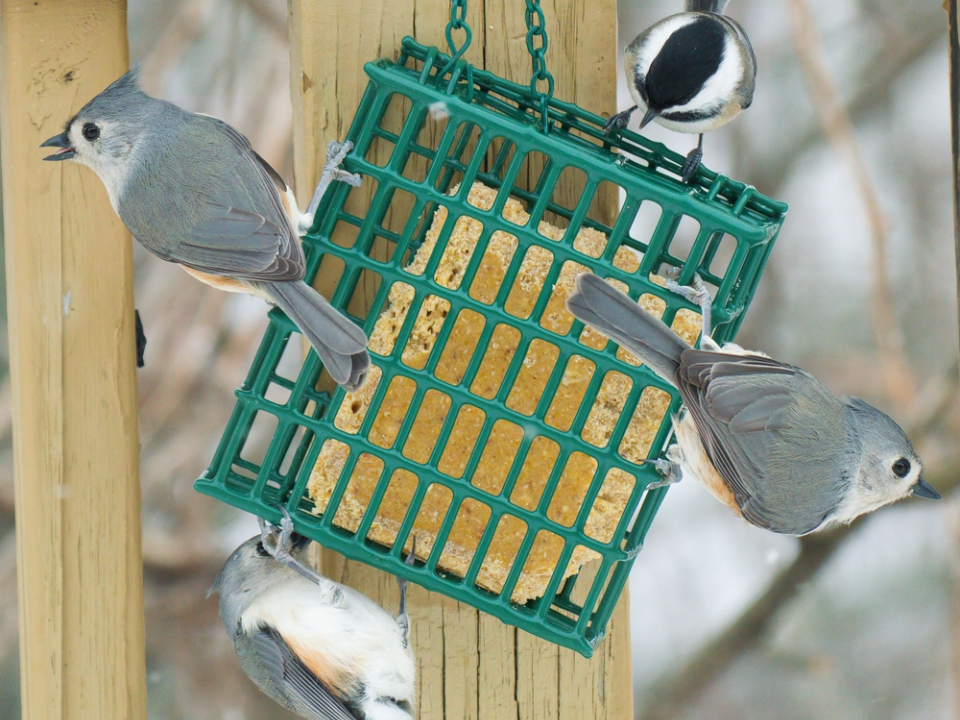
As colder weather approaches, many birds need extra energy to stay warm. Suet, made from animal fat and seeds, provides a high-energy food source for these birds. You can find suet cakes in stores or make your own using simple ingredients.
Hang suet feeders in your yard, ideally in a place where birds feel safe from predators. Suet is particularly beneficial for woodpeckers, nuthatches, and chickadees. Offering this high-energy food will support birds as they prepare for the upcoming winter months.
Maintain a Natural Habitat
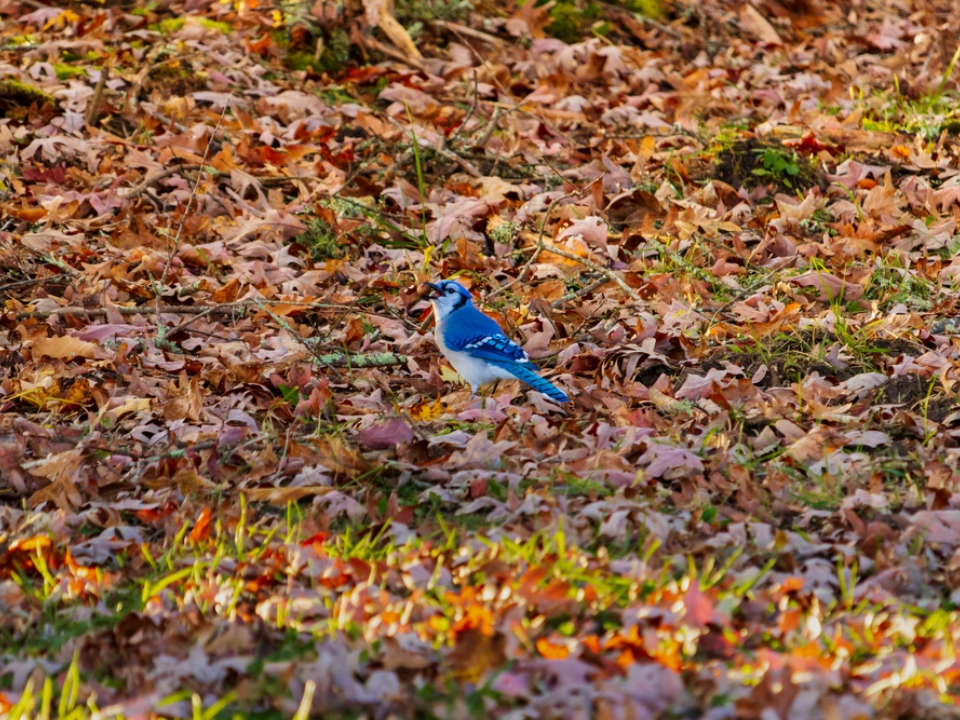
Allowing your garden to grow a bit wild can create a thriving habitat for both pollinators and birds. Leaving fallen leaves, twigs, and plants in place provides shelter and food for many species. Avoid excessive pruning or cleaning to maintain a natural environment where wildlife can thrive.
A natural habitat encourages a wide variety of pollinators and birds. You will likely attract more species as the garden becomes a year-round sanctuary. Consider creating a small wildlife corner in your garden for even greater impact.
Grow Fall-Blooming Flowers
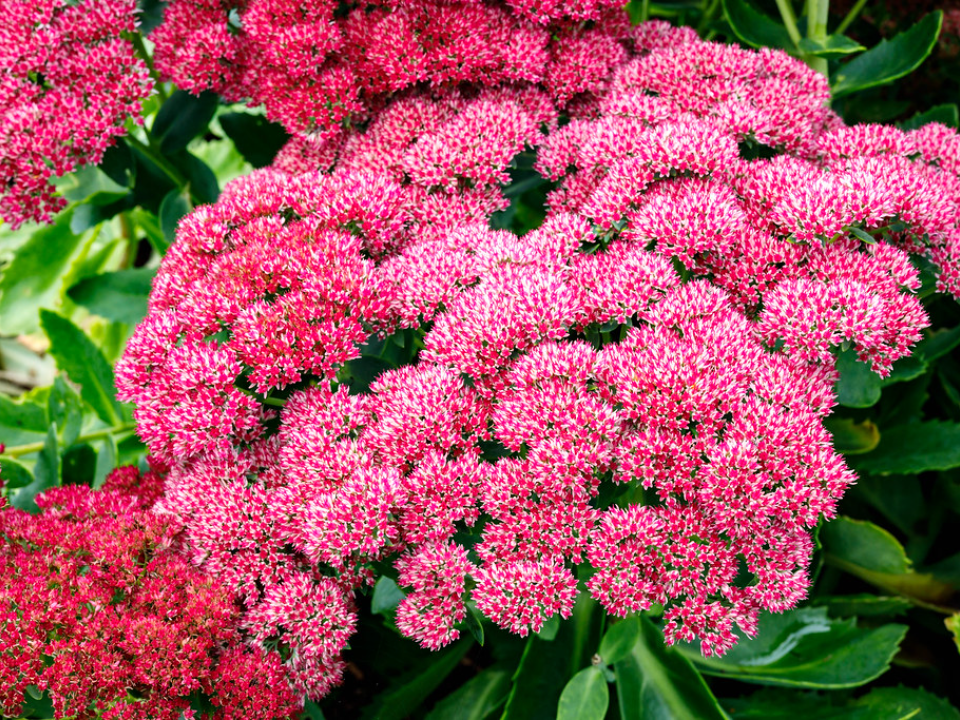
Many flowers bloom in the fall, offering essential food sources for pollinators. Flowers like sedum, goldenrod, and mums are perfect for attracting bees and butterflies in October. Planting these late-blooming varieties can ensure that pollinators have access to nectar before winter.
These flowers not only support pollinators but also attract birds looking for seeds. The flowers’ seeds will provide a ready food source for many bird species. Growing a variety of fall-blooming flowers can make your garden an important stopover for wildlife.
Offer Ground-Based Food Sources
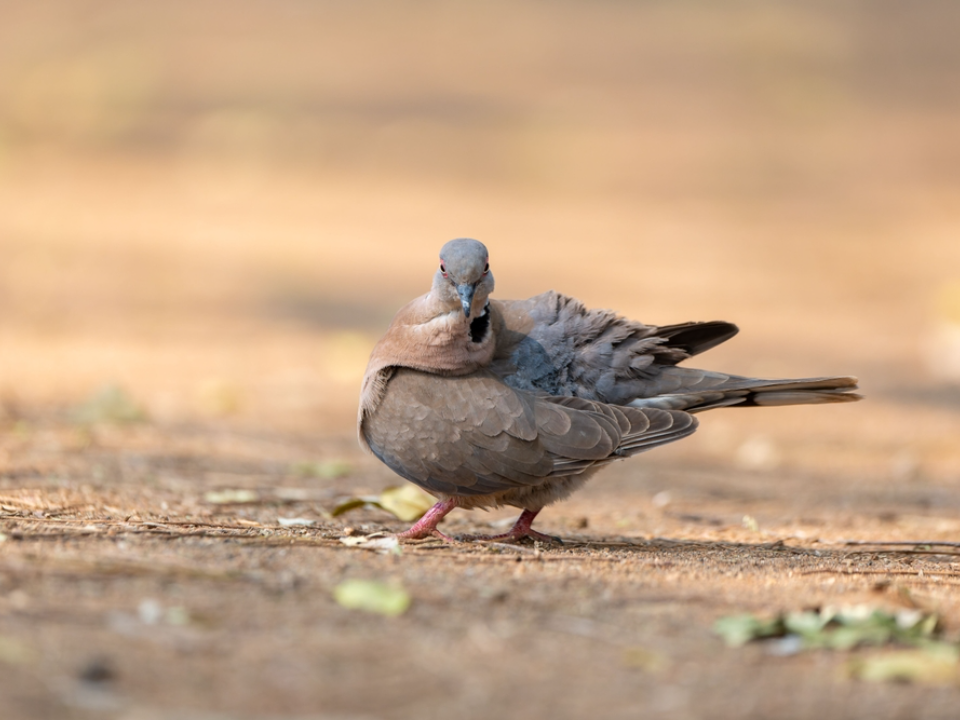
Not all birds prefer to feed from feeders. Ground-feeding birds, such as mourning doves and sparrows, often search for seeds, berries, and insects on the ground. Scatter seeds like sunflower, millet, or safflower around your yard to create accessible food sources for these species.
This method also attracts pollinators that search for ground-level resources. Butterflies and bees may frequent the flowers and fallen fruits you leave on the ground. This creates an inclusive environment that benefits a variety of wildlife.
Use Bird-Friendly Window Screens
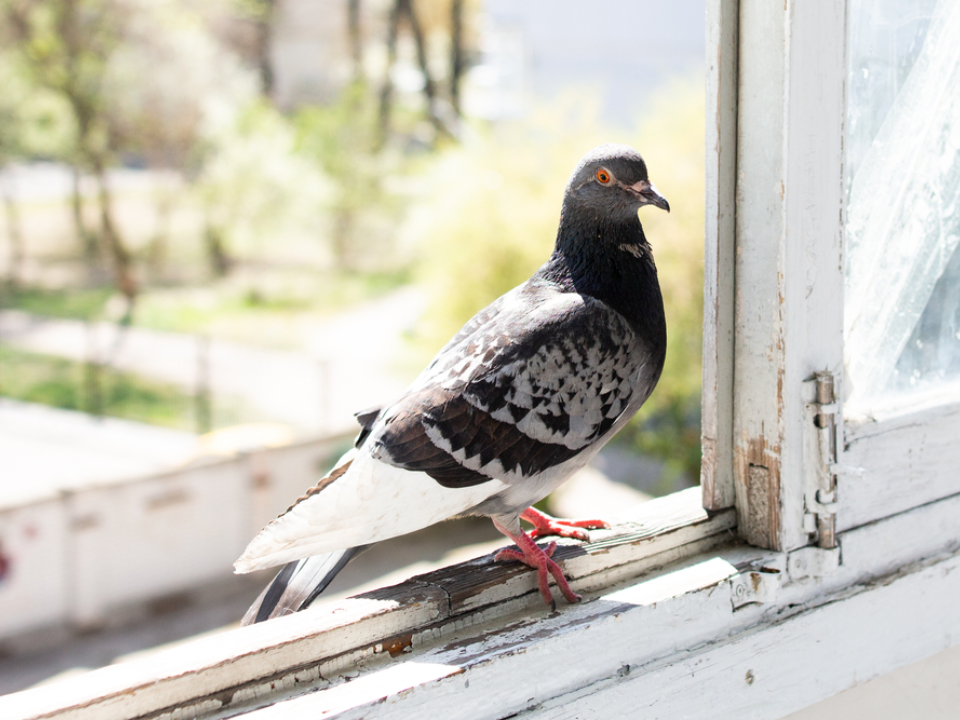
Birds often fly into windows due to reflections of the sky or trees. Installing bird-friendly window screens or using window decals can help prevent such accidents. These screens are designed to break up reflections and allow birds to recognize that the glass is not an open space.
By making your windows safer, you help protect birds from injuries and fatalities. Additionally, this small adjustment will create a more bird-friendly environment overall. It is a simple change that can have a significant impact on bird safety.
Avoid Using Leaf Blowers
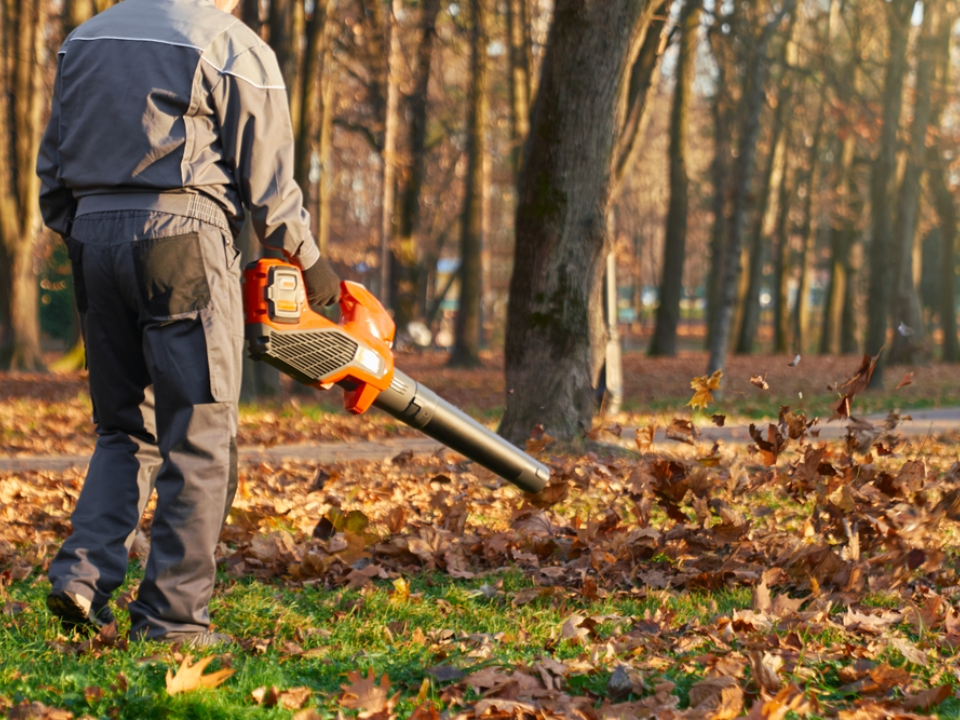
Leaf blowers can disrupt the natural habitat and disturb wildlife. The strong gusts can disturb pollinators, insects, and birds, causing them to flee. Instead of using a leaf blower, consider raking or mulching leaves by hand, which preserves the environment and provides a quieter, safer space for wildlife.
Raking leaves gently also helps spread fallen seeds, which birds will appreciate. It is a less disruptive way to maintain your garden while making it safer for pollinators and birds. By making this change, you contribute to creating a more peaceful and wildlife-friendly garden.
Support Local Pollinator Habitat Organizations
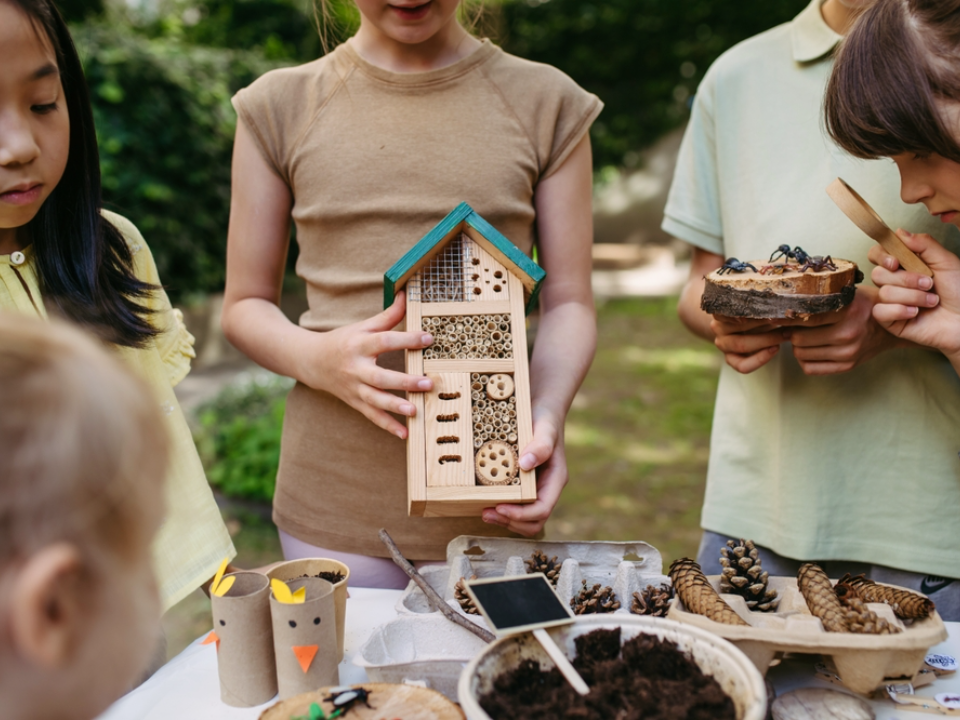
Many organizations focus on preserving pollinator habitats, and supporting them can have a lasting positive effect. These groups work to create safe spaces for bees, butterflies, and other pollinators by advocating for policies, planting native species, and educating the public. Donating or volunteering can help fund important conservation efforts.
Additionally, you can join local initiatives, such as community gardens or planting projects, that are designed to support pollinator populations. By connecting with others, you help create larger habitats that can support a wide variety of species. Your involvement could have a broader impact on pollinator and bird populations in your area.
Avoid Cutting Back All Your Garden Plants
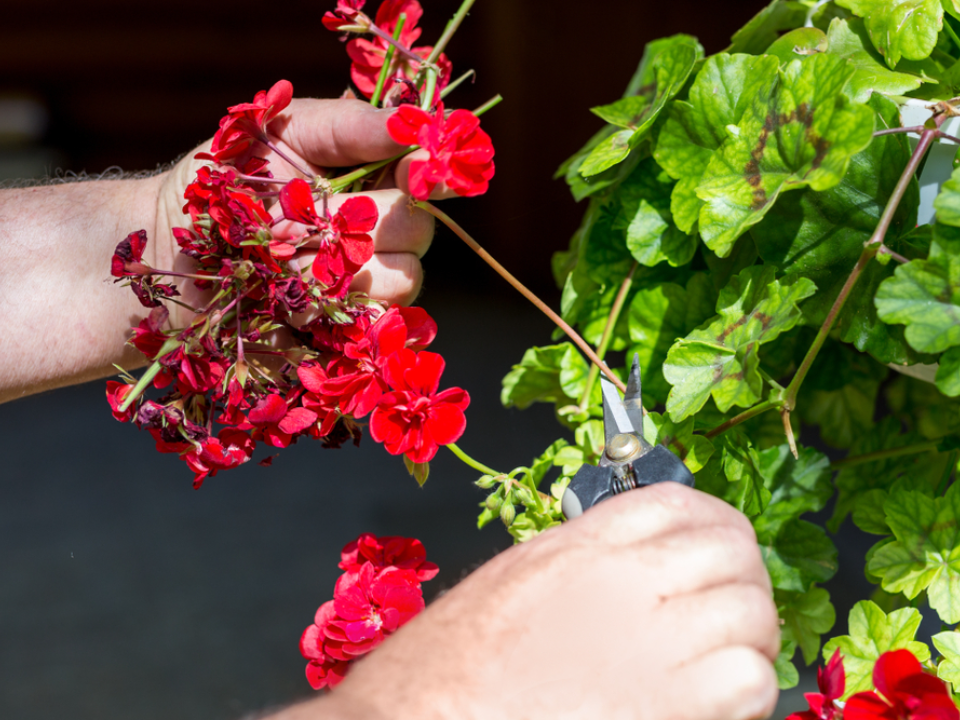
While it may be tempting to tidy up your garden by cutting back all plants before winter, leaving some plants standing can provide valuable shelter for pollinators and birds. Many species, including bees, overwinter in the stems of dead plants, and birds often rely on the seeds left on plants. Plants like sunflowers, coneflowers, and wildflowers can offer both food and shelter.
Leaving these plants intact through the winter months ensures that pollinators have access to resources when they emerge in the spring. Birds will benefit from the seeds and also use the plant stems for resting. It is a simple, effective way to support wildlife all year long.
g October ensures that birds have the energy they need to thrive in the colder months ahead.
Install a Bat House
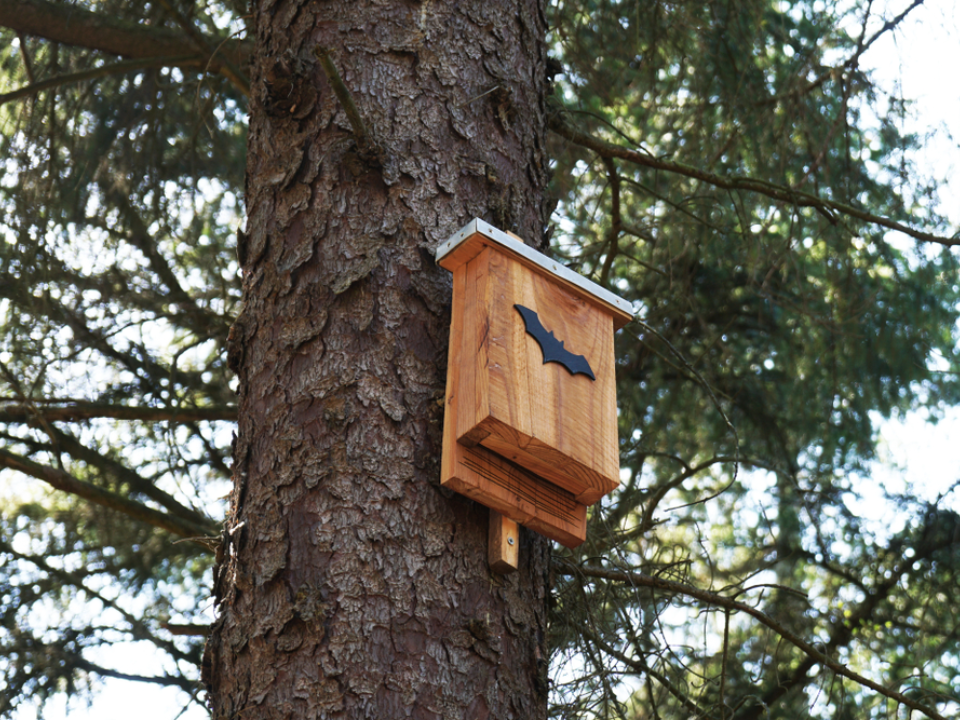
Bats are important predators of insects, including many species that can damage plants. Installing a bat house in your yard encourages these helpful creatures to take up residence and reduce pest populations. Bat houses are easy to install and can offer shelter for both small and large bat species.
Bats are particularly helpful for pollination and controlling insects like mosquitoes. By providing a bat house, you create a safe space for them to roost and feed on insects, benefiting both your garden and local bird populations. This simple addition can support a healthy ecosystem.
This article originally appeared on Avocadu.
